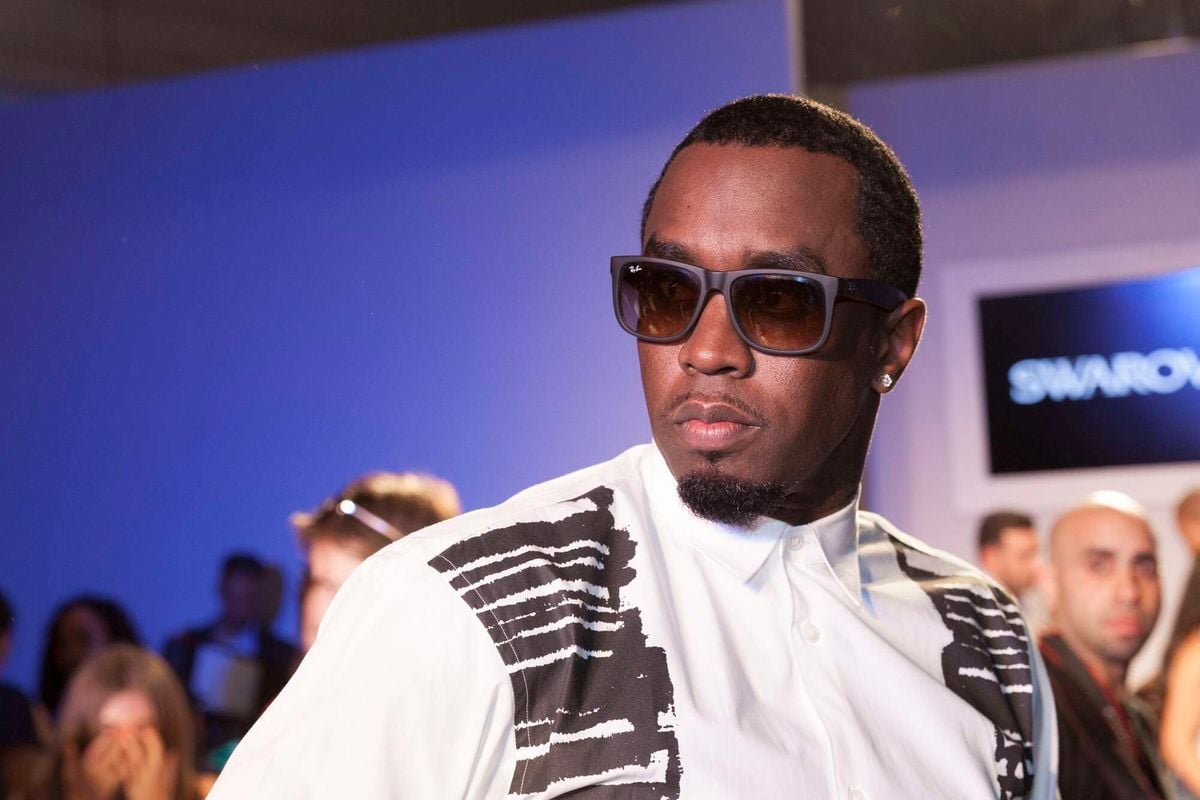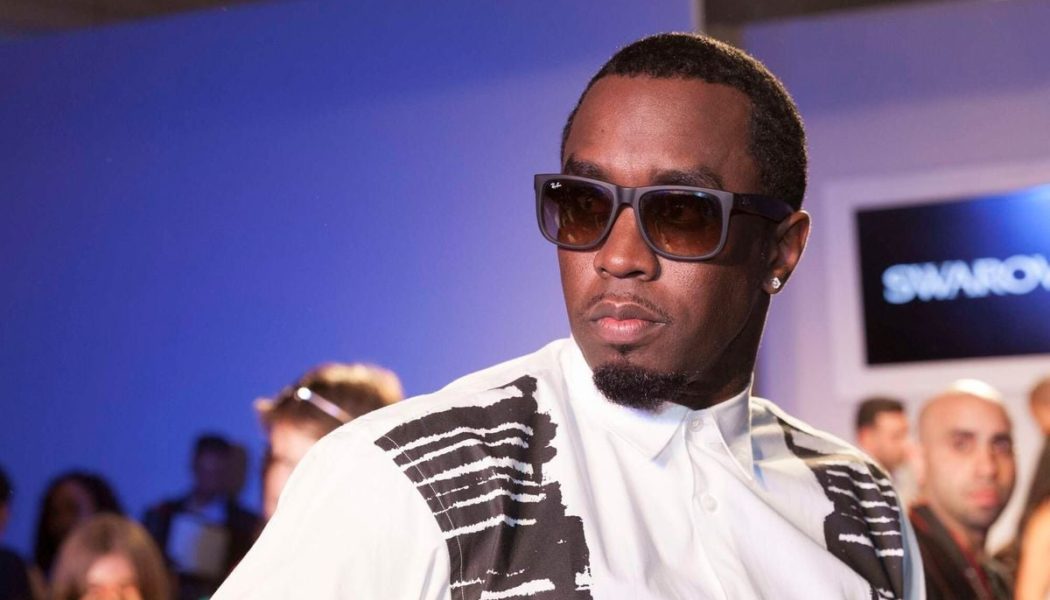
The legal troubles facing music industry mogul Sean Combs, signify a spectacular fall from grace for one of the most influential personalities in show business over the last three decades.
Combs who is in custody facing a multiplicity of charges, from sex trafficking to rape and kidnapping, wielded enormous influence as record executive, music producer, rapper and fashion designer, since the early 1990s.
Known by various aliases: Puff Daddy, P. Diddy and Diddy, Combs has weathered many storms in a career that has seen him, through sheer grit and derring-do, become one of the world’s richest entertainers.
As a music producer, he shaped the careers of the Notorious B.I.G, Craig Mack, Mase, Mary J. Blige, Jodeci, 112, Total and a host of other success stories of the 90s and early 2000s.
Born in New York’s Harlem neighborhood, on November 4, 1969, Combs started performing at the age of two when his mother used him as a model for a fashion show in a day-care centre where she worked. His father was a drug dealer who was murdered when Combs was barely three years old
“Whenever I got mad as a kid, I used to huff and puff. I had a temper. That’s why my friend started calling me Puffy”, he told the US publication Jet.
Janice Combs, a devout Catholic, protected her son from the lure of the streets by taking him to church where he served as an altar boy.
While still in high school, he appeared as a dancer in videos for rapper Doug E. Fresh and the British pop group Fine Young Cannibals.
In 1988, Sean was admitted to study business at Howard University in Washington D.C but rather than spend time reading, he became known around campus for throwing huge weekly parties in basements or gyms.
Thanks to his old friend, rapper Heavy D, he landed an internship with Uptown Records and would make a four-hour commute each way twice a week to New York for the unpaid gig. (He evaded the train fare by hiding from the conductor in the bathroom). He dropped out of Howard seeing a bigger chance at pursuing his dreams in music, rather than staying in college.
Uptown boss Andre Harrell appointed him vice-president of the label’s talent and marketing divisions, helping develop the label’s acts like Mary J. Blige and the group Jodeci. He defined the style and sound of the groups, a cutting-edge urban music sound combining R&B and hip-hop.
Combs signed 19-year-old, Christopher Wallace, a 350-pound drug dealer and rapper from Brooklyn, known by the stage name the Notorious B.I.G (Biggie Smalls). He loved the rapper’s sound of hard-core rap combined with a smooth R&B edge.
But Harrell thought that the rapper’s style did not gel with the Uptown brand, and he was also fed up with Combs obnoxious style, so in 1993 he fired him. “He walked into my office and said there can only be one lion in the jingle,” Combs told the Source magazine.
It took just two months after leaving Uptown, for Combs to enter into a deal, reportedly worth $10 million, with Clive Davis, President of Arista Records, for the distribution of his Bad Boy Records.
In the label’s first three years, Bad Boy had made an estimated $75 million in album sales. Combs modeled himself after the iconic Berry Gordy, founder of the illustrious Motown Records, with a hands-on approach supervising every aspect of every song. “Our motto is sleep is forbidden. When most are sleeping, we are working,” he told the New York Times.
The East Coast- West Coast rap rivalry between Bad Boy and L.A based Death Row Records whose top act was legendary rapper, Tupac Shakur, marked a dark chapter in the music business.
In November 1994, Tupac survived five gun shots fired at him at the lobby of a recording studio in New York. He blamed Combs and Biggie for setting him up.
Tupac was not so lucky in September 1996, after an assailant shot him four times at a traffic light in Las Vegas. He died six days later. Speculation persists that Diddy organised the hit.
Six months after Tupac’s death, the Notorious B.I.G was gunned down in almost a similar fashion, after attending an after-party of the 1997 Soul Train Awards.
Two weeks later, Bad Boy released Biggie’s double album Life After Death which debuted at number one on the Billboard Album Chart, propelled by the success of the single Mo Money Mo Problems.
A tribute song to the late rapper I’ll Be Missing You by Puff, Faith and 112 became the biggest-selling single worldwide in 1997. At the end of that year, Combs handed Biggie’s mother a $2million cheque, as share of profits from the tribute album.
Puff released his debut album No Way Out, which included the No 1 hit with Can’t Nobody Hold Us Down featuring his new protégé Mase, and won the Grammy for Best Rap Album in 1998.
In the ensuing years Bad Boy lost some of the labels’ big guns as Combs seemed to spread himself thin, running the Sean John clothing line, taking on film roles, selling vodka, opening a restaurant chain and producing a reality TV show.
The flamboyant star who flaunted his wealth and sang “it’s all about the Benjamins” is now staring at a crumbling empire and a brand that lies in tatters.









